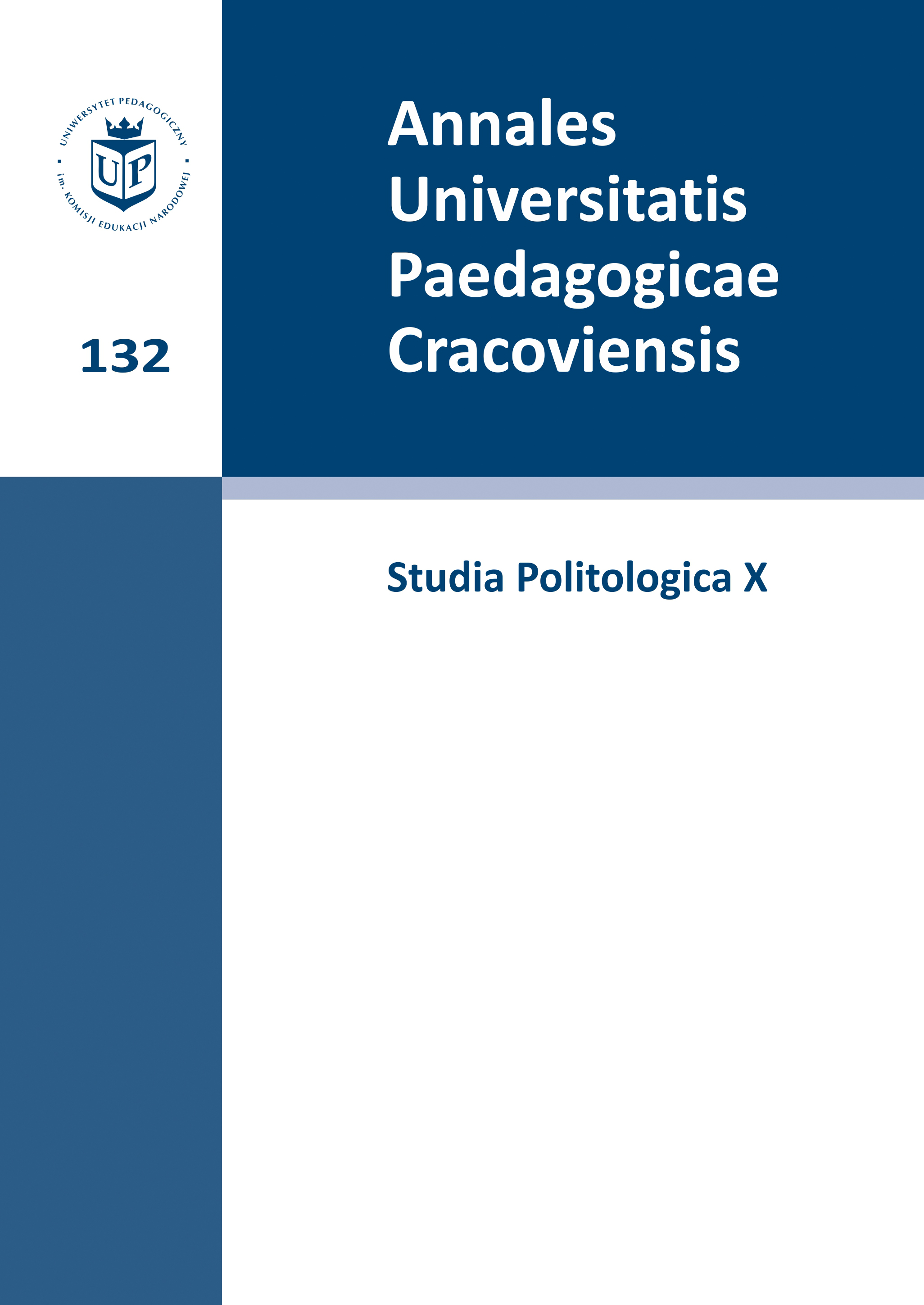Polskie służby specjalne w latach 1983–1996. Wybrane aspekty
Abstrakt
Secret services are the field of interest of various circles whose evaluation is not always objective. Familiarizing with the direction of the activities, the tasks realized by the services, the structures or operative and exploratory activities in practice is always difficult as these activities are protected by the country under the pain of legal sanctions. In the process of realizing its functions, each country establishes institutions whose purpose is to protect the information needs that are necessary to pursue the policy in the sphere of the internal and external security of the country. The institutions include, among others, secret services that carry out intelligence and counterintelligence missions.The presented structural changes that took place in the years 1983-1996 show the evolution of the civil and military intelligence and counterintelligence service. In the years 1983-1990 civil services, i.e. Department I (intelligence service) and Department II (counterintelligence service) belonged to the structure of the Ministry of Interior. Military services, on the other hand, such as the 2nd Directorate of the General Staff of Polish Armed Forces (intelligence) and the Internal Military Service (counterintelligence) belonged to the structure of the Ministry of National Defence.
System changes initiated by the debates of the Roundtable in 1989 also translated into the reorganization of the secret services. In consequence of those activities, after the dissolution of the abovementioned services created were: the Office for State Protection and the Military Information Services.
The enumerated services realized their tasks in a complex internal and external situation that had a considerable influence on the performed tasks, possessed qualifications in the area of the realized operative and exploratory activities, and the organizational structures.
Pobrania
Opublikowane
2015-08-07
Numer
Dział
Artykuły
Licencja
Redakcja przyjmuje do druku teksty oryginalne, wcześniej niepublikowane. Treść czasopisma jest dostępna na licencji Creative Commons (CC-BY-NC-ND 3.0 PL)
Licencja ta zezwala na wykorzystanie materiałów opublikowanych w czasopiśmie w celach niekomercyjnych np. komentarza, krytyki, informacji, archiwizacji, nauczania lub prowadzenia badań, z poszanowaniem aktualnie obowiązującego prawa autorskiego (ustawa z dnia 4 lutego 1994 r. o prawie autorskim i prawach pokrewnych Dz.U. 1994 nr 24 poz. 83 z poźn. zm.). Zgodnie z wymogami licencji, konieczne jest dokładne podanie źródła cytowania lub parafrazowania oraz zachowanie tekstu w oryginalnej postaci (zakaz tworzenia utworów zależnych).

